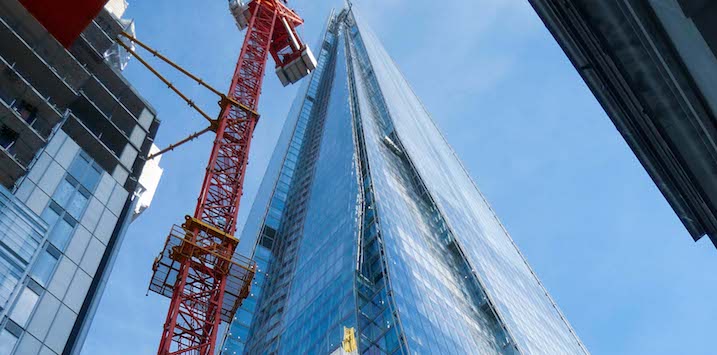
Shoddy building practices are a ticking time bomb that won’t go away
Australia’s recent residential building boom saw the rapid erection of hundreds of high-rise apartment blocks, and, for a while, everyone seemed to be making money. But now the cost of poor building standards is coming back to bite many players in the industry.
In 2014, engineers Pitt & Sherry together with Swinburne University of Technology, prepared a 250-page report with 37 detailed recommendations, documenting “systemic flaws” in the National Construction Code. After meeting with over 1,000 stakeholders across Australia, this report was delivered to representatives from the Federal, State and Territory governments.
But you know what they say about Governments addicted to revenue from gambling, cigarettes, booze and stamp duty – “let’s not count the social costs; but hasten slowly.” By 2019, 1 of the 37 recommendations had been acted on – to make the document “free”– thus increasing the chances that industry participants might read it.
In November 2014, Melbourne’s 21 storey Lacrosse Tower had a fire fuelled by flammable cladding which did not comply with Australian building standards. In his ruling Judge Woodward was critical of the architects, the building surveyor and the fire engineer. Worse was to come in June 2017 when 72 people lost their lives at the Grenfell Tower fire disaster, in West London.
The seriousness of the cladding problem is now coming to a head as a ticking time bomb. The Australian residential building boom saw hundreds of mid-and-high rise apartments “thrown up” by developers over recent years. And the cost of poor building standards during the housing boom is now being identified.
In Victoria, the “Cladding Taskforce” found 72 buildings it examined were “an extreme risk, 409 as a high risk and 388 considered a moderate risk.” That’s 869 buildings in Victoria, that we know about, with non-compliant cladding.
If we assume each building contains around 200 apartments, that is 175,000 apartments. Further, if we assume rectification costs of $40,000 – $50,000 per apartment (including water proofing underground garages), then Victoria has a $7-$9 billion problem. Does this mean Australia could have a $25 billion problem?
The issue with insurance is now rearing its ugly head. Building surveyors are responsible for signing off on buildings, including building permits and occupancy permits. Insurers have logically stopped giving surveyors professional indemnity coverage for those properties with (non-compliant) cladding.
And to be a registered surveyor with the Victorian Building Authority, for example, a person must have professional indemnity insurance. The same rules apply in NSW and Queensland and some surveyors have reported that their insurance premiums have more than tripled.
The cost of poor building standards during the housing boom is now being identified. Share on X
David please note that virtually all buildings in Australia do not comply with the current 2019 NCC. This is simply because a building is certified with the code of the time.
This non compliance is a latent condition of updating the NCC every 3 years and is actually a good thing. It means the entire industry is constantly improving.
There is a cladding issue here in Australia, in the U.K. and around the globe. It was driven by supply of cheap and seemingly high performing materials (same reasons we used asbestos for so long).
Pitt & Sherry’s report is on energy efficiency only (Section J of the NCC) & esentially irrelevant to the broader industry, the cladding issue & the cracking issue.
I would also suggest the pitt and sherry report got such little traction because they are civil engineers that do an infitesimal amount of buildings engineering.
Thanks you for your valuable insights William.